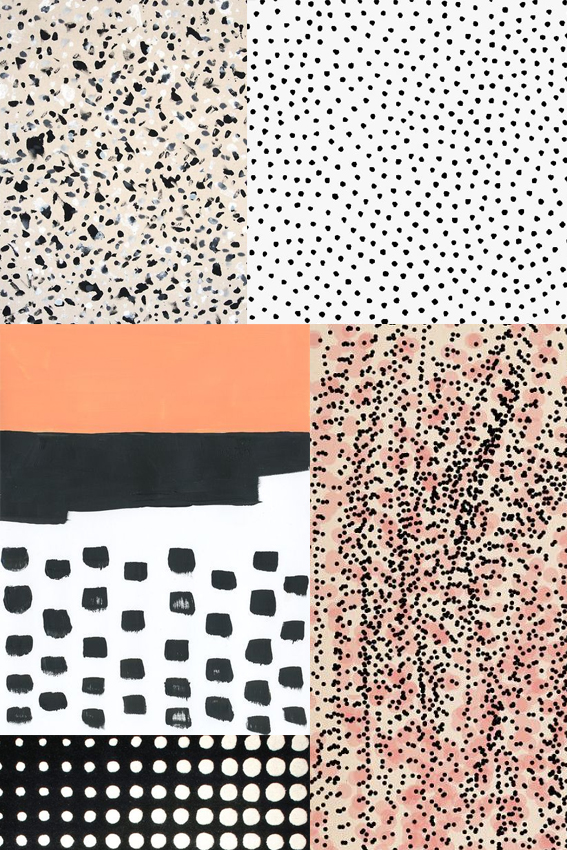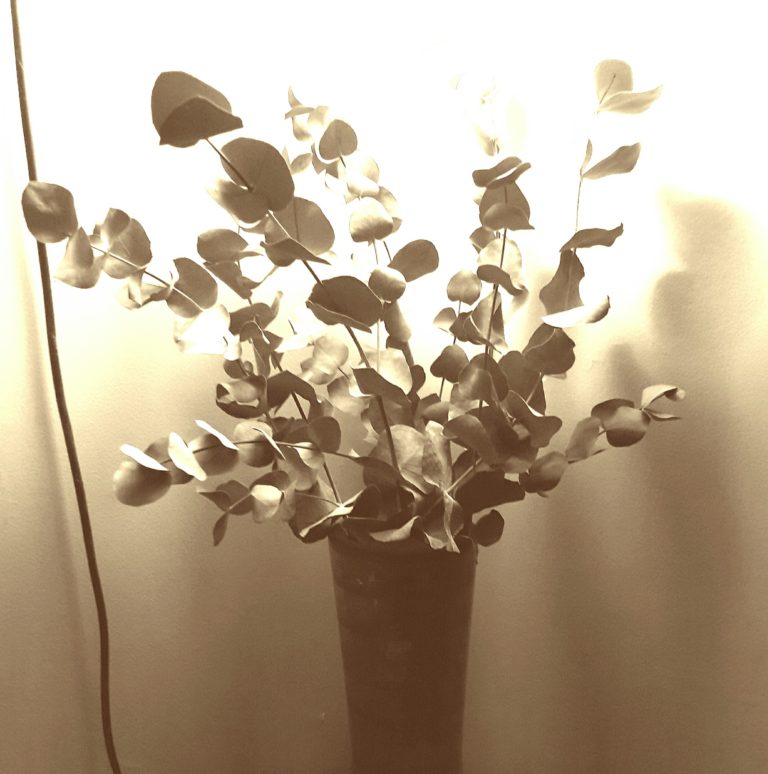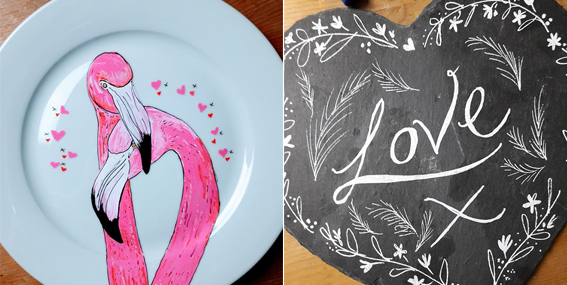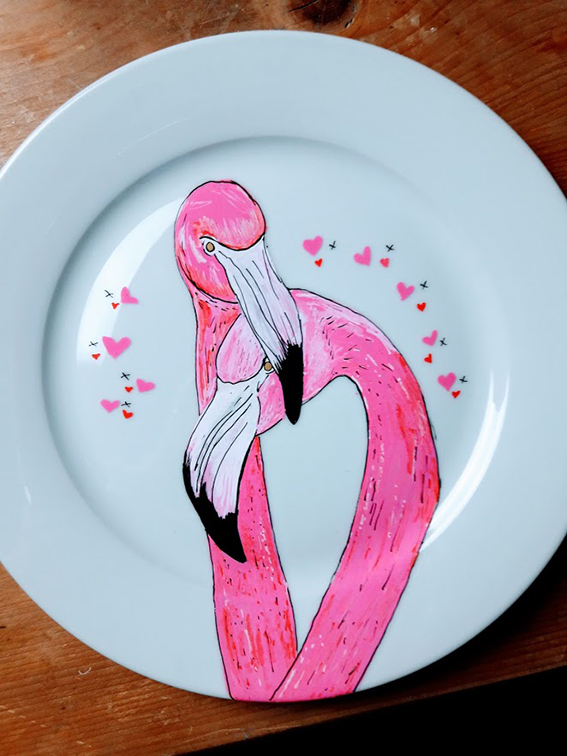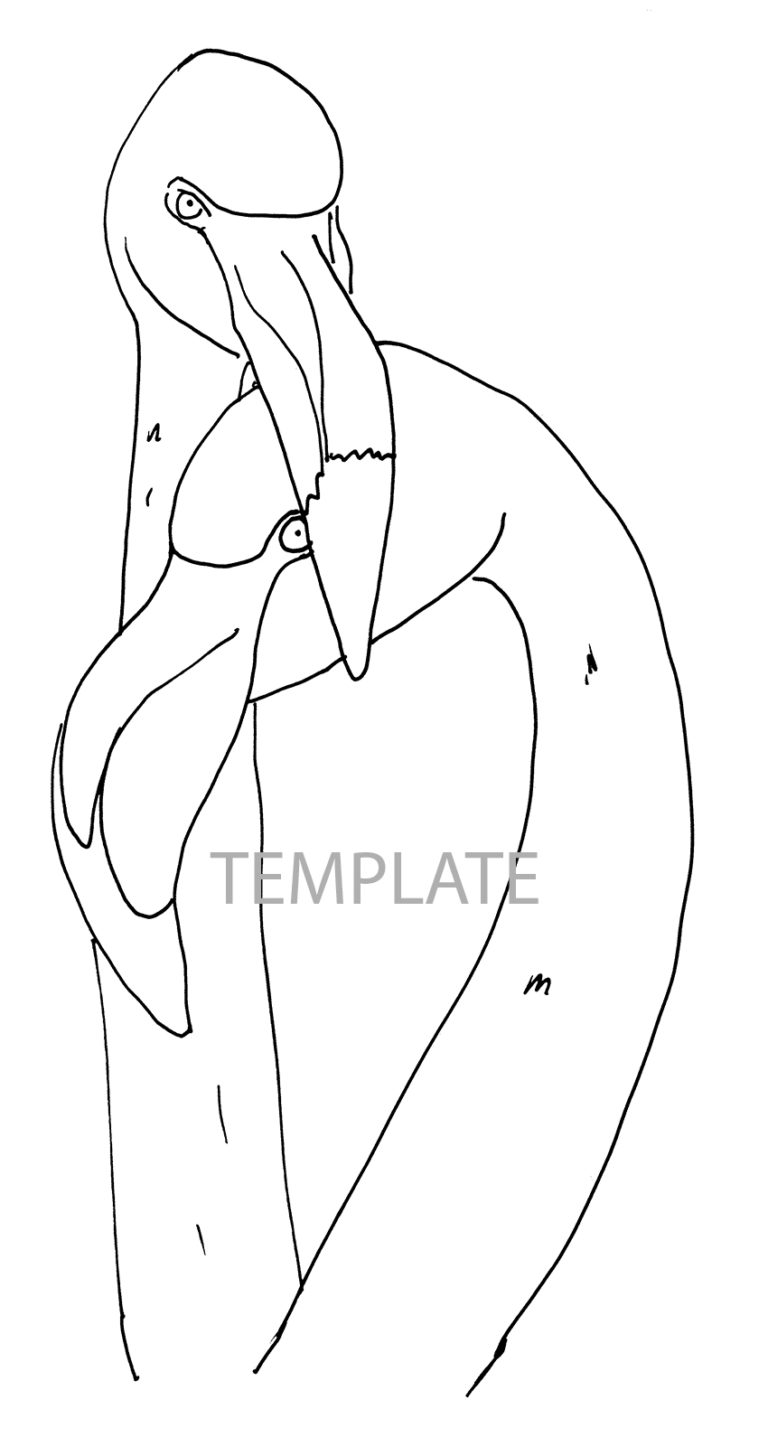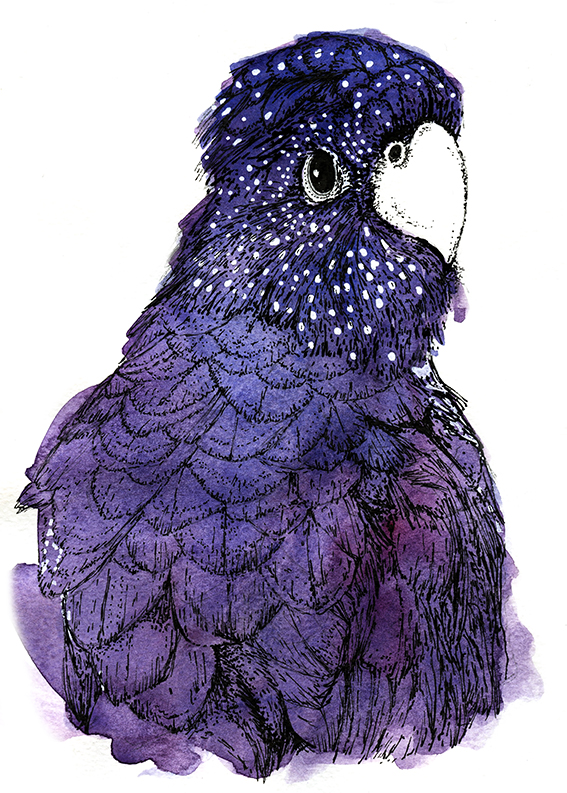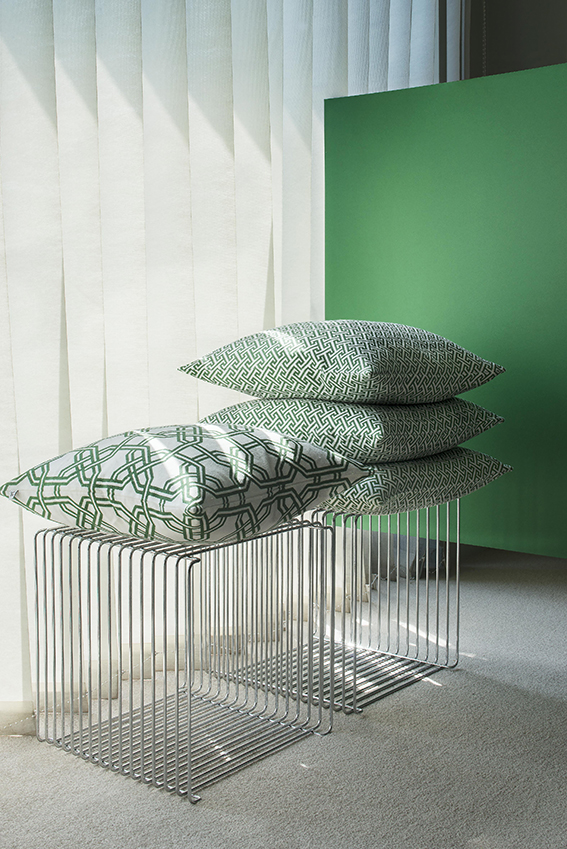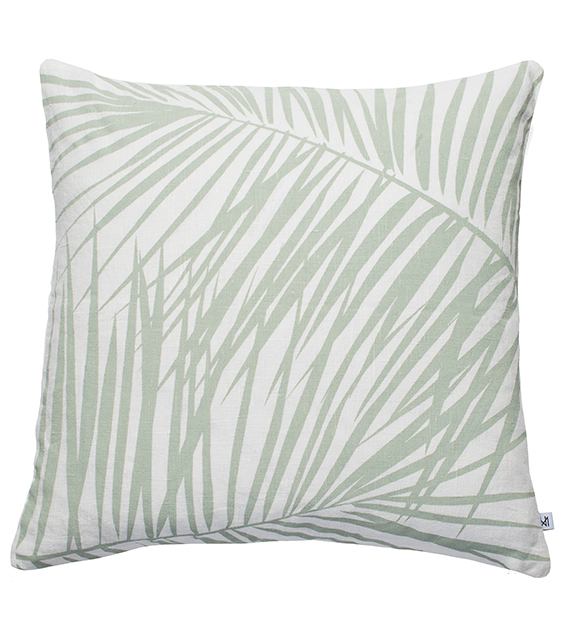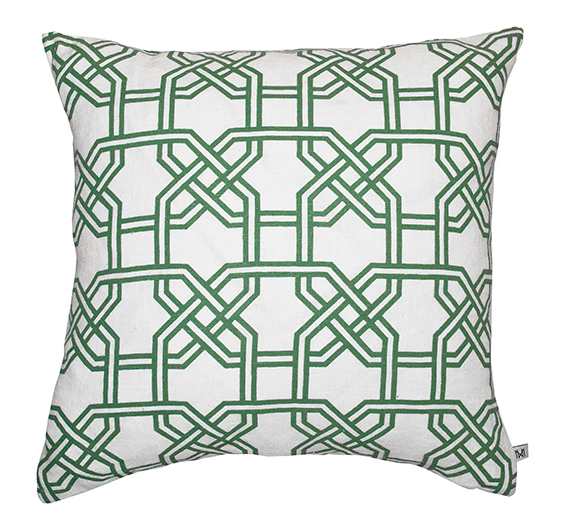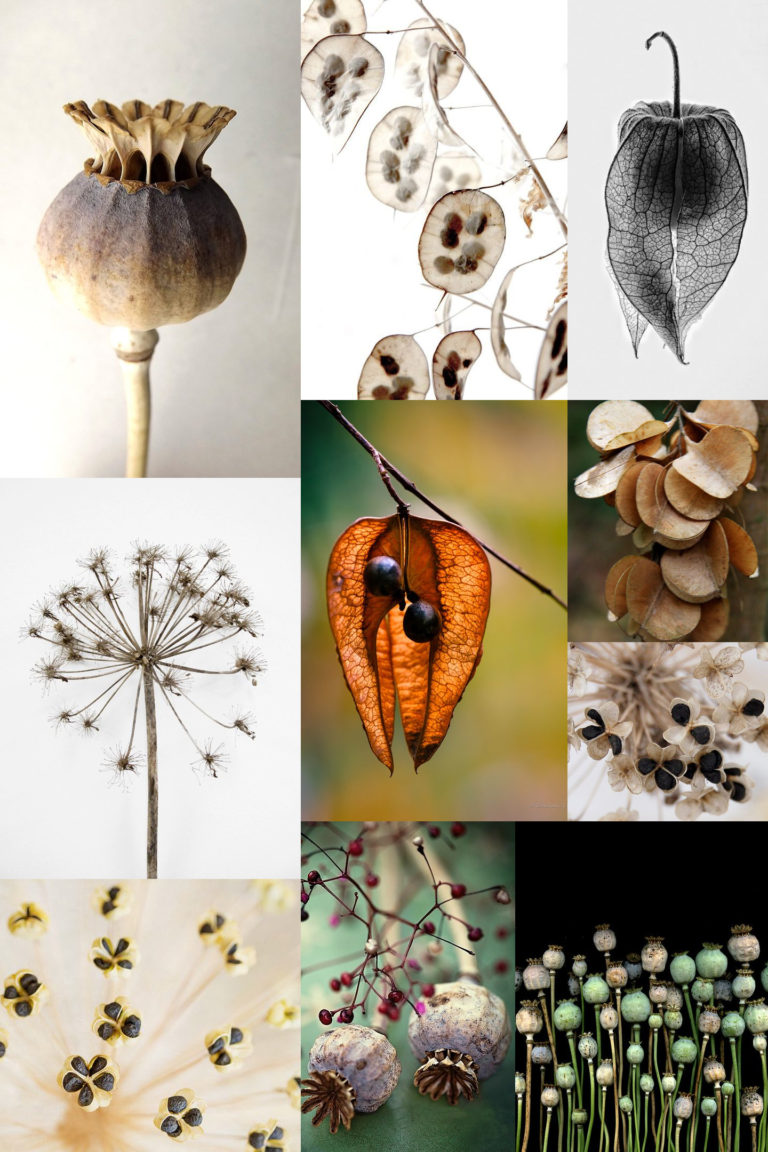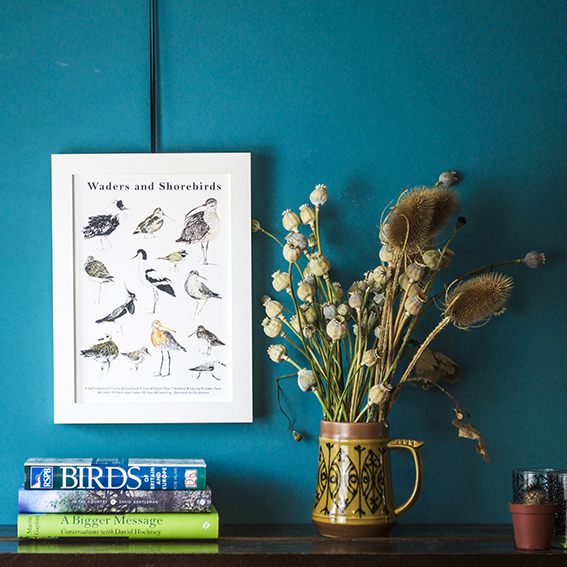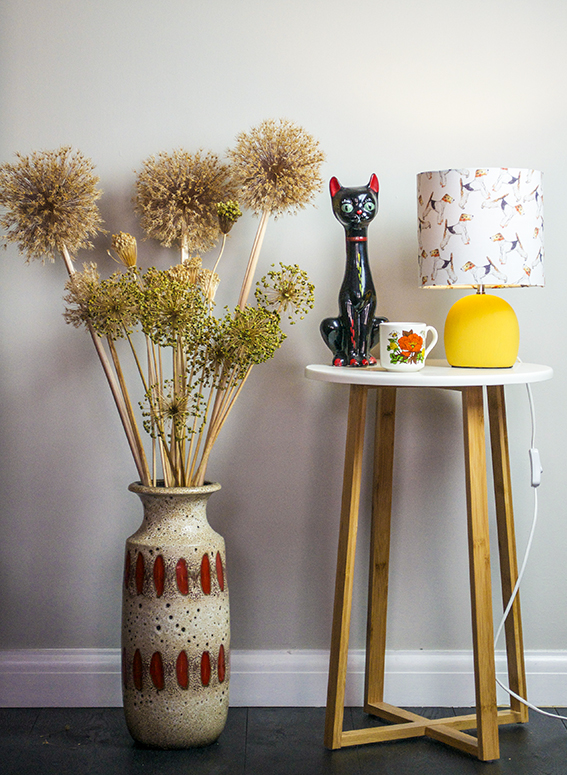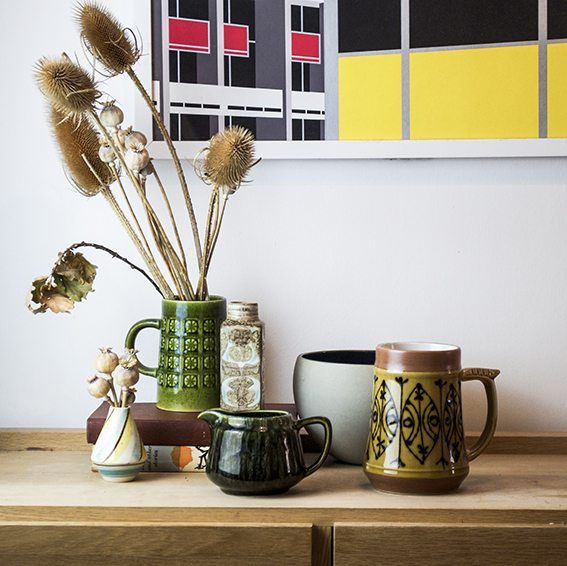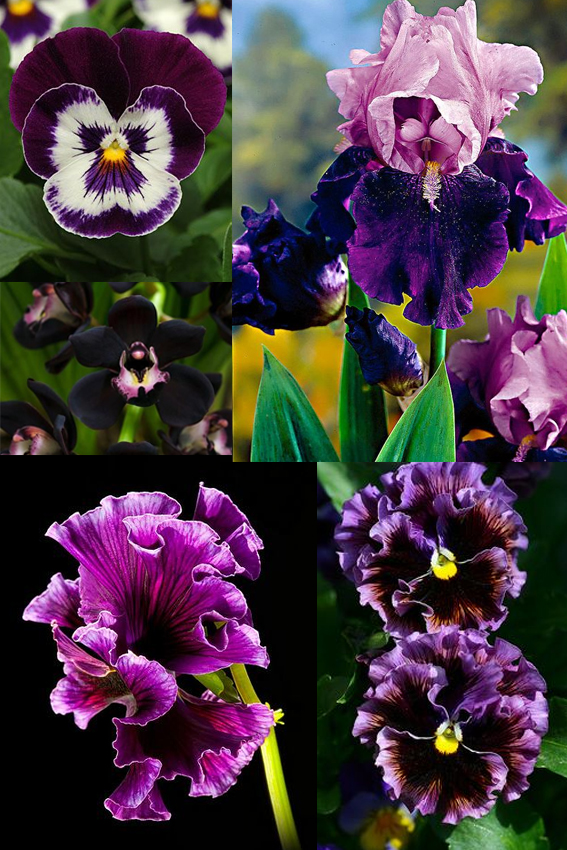This week’s drawing of the week is of a bright pink flamingo head.
I must admit it has taken me a little while to warm to the flamingo bird, although really fun to paint and draw (you can really go to town with pink watercolour here), it was a bird that never really got under my skin like a puffin, lapwing or curlew. I suppose I was put off because they have been so popular as a motif in homewares and stationery design.
Perhaps I also thought they were show-offs of the avian world – to me they were just a bit too lairy with their pink plumage. Maybe I was jealous – no one could accuse me of being leggy and it’s rare that I splash out with colour in a sartorial sense (I leave that for my illustration).
Of course I was wrong. I mean these birds are magnificent creatures and when you find our about these birds they really are fascinating. Here are some fun flamingo facts…
Special bills
Flamingos beaks are specially adapted to separate mud and silt from the food they eat. The bills are uniquely used upside-down. Don’t know what I mean? Take a look here…
In the pink
Their distinctive pigment comes from carotenoids they eat in animal and plant plankton which are broken down into pigments by liver enzymes.
Flamingos are very social birds. Their colonies can be thousands strong. This protects them from predators and enables them to nest more efficiently.
What a pair
The birds perform synchronised ritual displays in colonies. The members of a group stand together and display to each other by stretching their necks upwards, making calls while head-flagging, then flapping their wings. Flamingos form strong partnerships although in larger colonies flamingos sometimes change mates (well we’re all allowed to change our minds). Both the male and the female play a part in building and defending the nest. Occasional same-sex pairs have been reported, which makes me happy.
Don’t you just love flamingos a bit more now?

